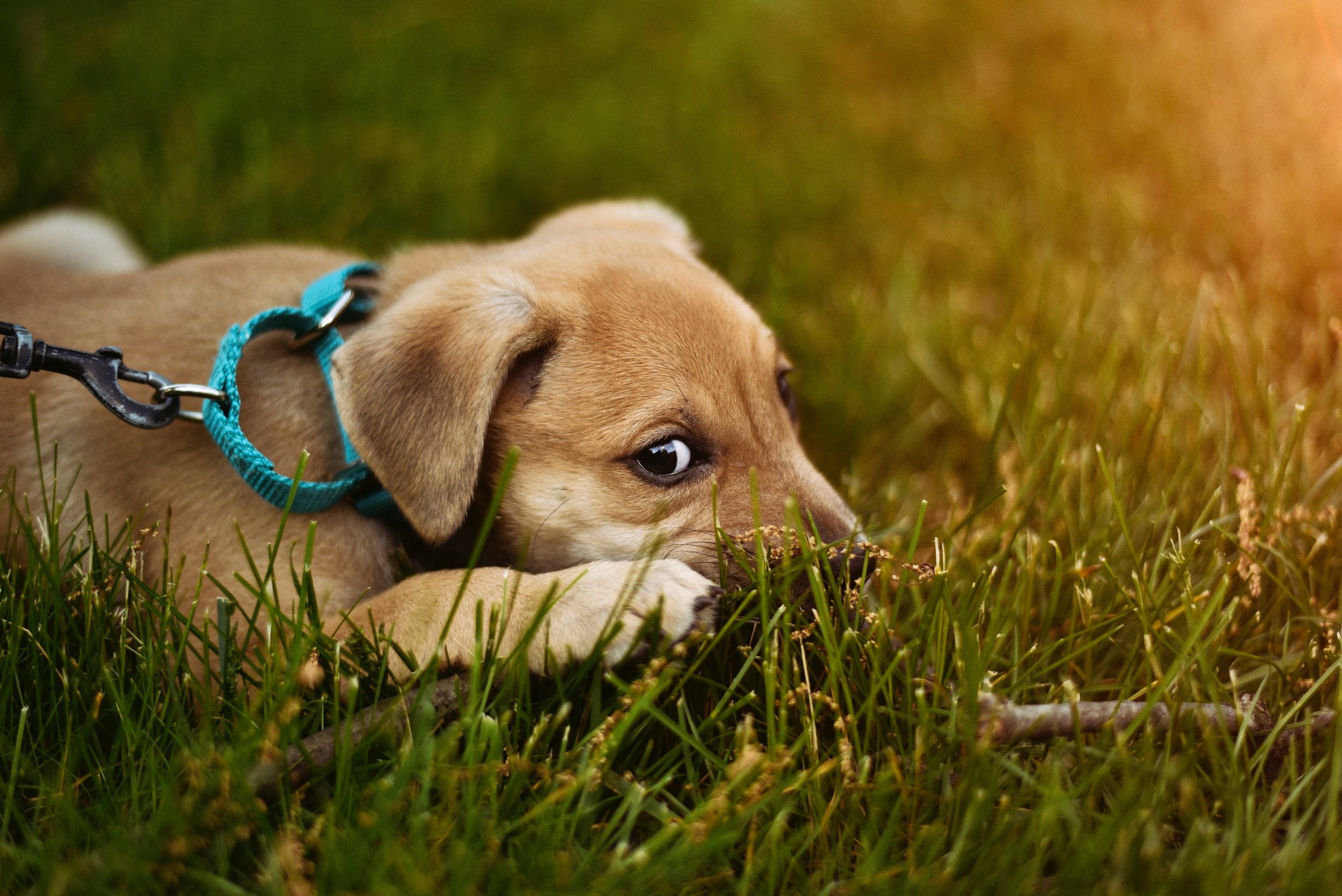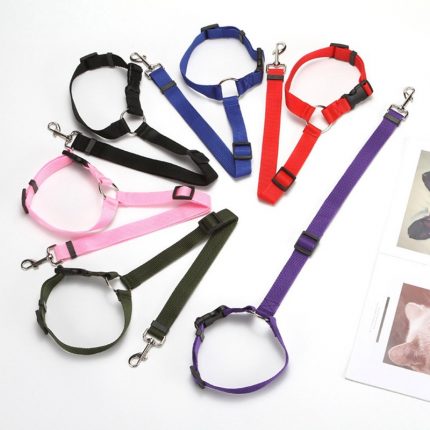Have you ever noticed that your furry companion sometimes turns his head away from you? You may wonder why your dog exhibits this behavior and what it could possibly mean. Dogs communicate in various ways, and their body language can provide valuable insights into their thoughts and emotions. In this article, we will explore the possible reasons behind why does my dog turn his head away from me.
One possible explanation for this behavior is that your dog is feeling anxious or uncomfortable. Dogs often turn their heads away as a way to avoid direct eye contact, which can be perceived as a threat in the canine world. By diverting their gaze, dogs are signaling that they are not looking for confrontation and are trying to ease any tension they may be feeling.
 Understanding the Reasons Behind why does my dog turn his head away from me
Understanding the Reasons Behind why does my dog turn his head away from me
Here are some of the reasons of why does my dog turn his head away from me:
- Anxiety and Discomfort
One of the primary reasons why your dog may turn his head away from you is anxiety or discomfort. Dogs are highly perceptive creatures and can easily pick up on human emotions. If you are feeling stressed, upset, or angry, your dog may sense this and respond by turning his head away. This behavior is a way for your dog to avoid direct eye contact, which can be seen as confrontational or threatening in the canine world. By diverting his gaze, your dog is trying to diffuse any potential tension and communicate that he means no harm.
- Heightened Hearing
Dogs have an exceptional sense of hearing, far surpassing that of humans. They can detect sounds at frequencies we cannot even perceive. When your dog turns his head away from you, it could be because he is trying to locate and identify a particular sound. By repositioning his ears and focusing on the source of the sound, your dog can gather more information about his environment. This behavior is especially common if your dog hears a sudden noise or if there are other sounds competing for his attention.
- Submission and Respect
In the canine social hierarchy, dogs display various submissive behaviors to establish and maintain their place within the pack. Turning their heads away is one such behavior that signifies submission and respect. When your dog turns his head away from you, he is acknowledging your authority and showing deference. This behavior is particularly evident in dogs that have a strong bond with their owners and consider them as the pack leaders. It is a way for your dog to demonstrate his trust and willingness to follow your lead.
- Context and Body Language
It’s essential to consider the context and other accompanying body language cues when interpreting your dog’s head-turning behavior. For example, if your dog turns his head away while exhibiting signs of fear or anxiety, it could indicate that he is trying to avoid a potentially threatening situation. On the other hand, if your dog turns his head away during playtime or when you are giving him commands, it might simply be a momentary distraction or a way for him to focus on something else briefly.
Practical Recommendations for Addressing Your Dog’s Head-Turning Behavior
- Create a Calm and Positive Environment
Ensure that your dog feels safe and comfortable in his surroundings. Minimize loud noises, create a designated quiet space for your dog, and provide him with plenty of mental and physical stimulation. A calm and positive environment can help alleviate anxiety and reduce the frequency of head-turning behavior.
- Gradual Desensitization
If your dog’s head-turning behavior is triggered by specific situations or stimuli, such as meeting new people or encountering other dogs, consider implementing gradual desensitization techniques. Gradually expose your dog to these triggers in a controlled and positive manner, rewarding him for calm behavior. Over time, your dog can learn to associate these situations with positive experiences, reducing the need to turn his head away.
- Reinforce Eye Contact
Teaching your dog to maintain eye contact can help build trust and strengthen your bond. Start by holding a treat near your eyes and rewarding your dog when he makes and maintains eye contact. Gradually increase the duration of eye contact before giving the treat. This exercise can help your dog feel more comfortable with direct eye contact, reducing the need to turn his head away.
- Professional Training and Behavior Modification
If your dog’s head-turning behavior persists or is accompanied by signs of fear or anxiety, seeking professional help from a certified dog behaviorist or trainer is recommended. They can assess your dog’s behavior, provide tailored training techniques, and help address any underlying issues that may be contributing to the behavior.
- Positive Reinforcement and Reward-Based Training
Consistently reward your dog for desired behaviors, such as maintaining eye contact, remaining calm in challenging situations, and responding to commands. Use treats, praise, and playtime as positive reinforcement to encourage and reinforce the behaviors you want to see. This approach helps create a positive association and motivates your dog to engage in desired behaviors rather than turning his head away.
- Patience and Consistency
Changing your dog’s behavior takes time and patience. Be consistent in your training efforts, and remember that every dog is unique. Some dogs may respond more quickly, while others may require more time and repetition. Stay patient, remain consistent with your training methods, and celebrate small victories along the way.
- Body Language Awareness
Pay attention to your dog’s body language cues beyond just head-turning. Observe his overall posture, tail position, ear movement, and facial expressions. This holistic understanding of your dog’s body language will help you better interpret his intentions and emotions, allowing for more effective communication and addressing any underlying issues that may contribute to head-turning behavior.
Our featured products:
Remember, every dog is an individual, and there may be multiple factors contributing to your dog’s head-turning behavior. By implementing these practical recommendations and seeking professional guidance if needed, you can help your dog feel more comfortable, build trust, and strengthen your bond, ultimately creating a harmonious relationship between you and your beloved canine companion.
 Why does my dog turn his head away from me – Conclusion
Why does my dog turn his head away from me – Conclusion
Understanding why does my dog turn his head away from me you can help strengthen the bond between you and your furry companion. It’s crucial to remember that dogs communicate primarily through body language, and their head-turning behavior is just one way they express themselves. If your dog consistently displays signs of fear, anxiety, or discomfort, it is recommended to seek guidance from a professional dog behaviorist or trainer. By addressing any underlying issues and providing appropriate training and socialization, you can help your dog feel more comfortable and secure in your presence. Remember, patience, understanding, and positive reinforcement are key to building a strong and trusting relationship with your canine companion.















 Understanding the Reasons Behind why does my dog turn his head away from me
Understanding the Reasons Behind why does my dog turn his head away from me
 Why does my dog turn his head away from me – Conclusion
Why does my dog turn his head away from me – Conclusion